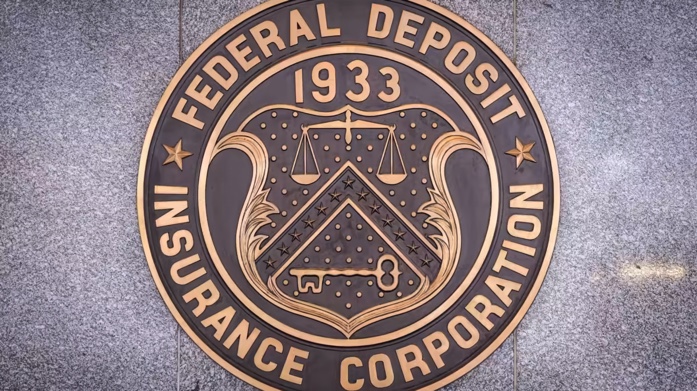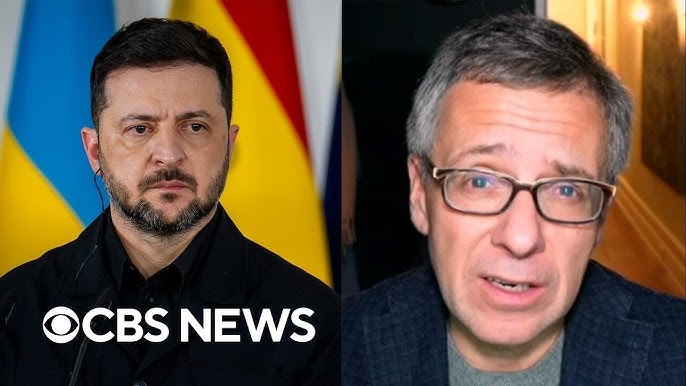
Creative human-AI partnerships and AI-generated music: WaveAI CEO and co-founder Maya Ackerman speaks with Jon Krohn about learning to see – and accept – AI’s…
Thought Leader: Jon Krohn

Preventing “systemic risk” was repeatedly used as a rationale for bailing out Wall Street during the 2008 financial crisis. The 2010 Dodd-Frank Act was supposed to have fixed all of that by strengthening regulation and banning government bailouts. Yet, banking regulators have now decided that the failure of two midsized banks, Silicon Valley Bank and Signature, pose systemic risk, requiring the Federal Deposit Insurance Corporation to pay off their uninsured depositors.
At combined assets of $300bn, these two banks represent a minuscule part of the US’s $23tn banking system. Is that system really so fragile that it can’t absorb some small haircut on these banks’ uninsured deposits? If it is as safe and resilient as we’ve been constantly assured by the government, then the regulators’ move sets dangerous expectations for future bailouts.
The uninsured depositors of SVB are not a needy group. They are a “who’s who” of leading venture capitalists and their portfolio companies. Financially sophisticated, they apparently missed those prominent disclosures on the bank’s websites and teller windows that FDIC insurance is capped at $250,000. Some start-ups that banked at SVB argued they needed their uninsured deposits to make payroll. But under the FDIC’s normal procedures, they should have received a sizeable dividend this week to help with their cash flow needs.
Signature Bank’s uninsured depositors similarly would have probably achieved significant recoveries. Both banks have good assets for the FDIC to sell. They were victims of rapid deposit withdrawals, not dodgy loans or speculative investments.
A systemic risk determination involves supermajority approvals by the FDIC board, Federal Reserve board and the secretary of the Treasury, in consultation with the president. It is meant to be used only in extraordinary circumstances.
If regulators had evidence that uninsured bank runs would be widespread absent these bailouts, then a “systemic” determination might be justified. But if that is the case, it would make more sense to temporarily backstop all uninsured accounts and charge banks a fee to cover losses.
When I chaired the FDIC during the financial crisis, we instituted such a programme for uninsured transaction accounts used by institutions for payroll and other operating expenses. We did this to protect community banks who were losing uninsured business customers to banking giants such as JPMorgan Chase and Wells Fargo.
The programme was successful in ending runs on community banks. But despite its success, Congress decided to ban this kind of even-handed help to all banks (even while preserving regulators’ ability to do one-off bailouts through systemic risk exceptions). But Congress did provide for a streamlined procedure to approve such a programme, which regulators should now pursue if they truly have reason to fear widespread runs.
Otherwise, regulators will have to pick and choose who they want to help. If there are more failures, who are they going to bail out next? Anyone over $100bn? What about community banks? If they create a perception that $100bn is the new “systemic” cut-off, uninsured deposits will surely flee community banks for those in the $100bn club. And to add insult to injury for the smaller banks, by statute they will have to pay special assessments for costs associated with covering uninsured depositors at their larger brethren.
Recommended Behind the Money podcast23 min listen Why SVB’s collapse is not a 2008 repeat The bigger problem is the Fed’s too rapid unwinding of 14 years of lax monetary policy. When rates rise, the market value of financial assets fall, and banks hold a lot of financial assets. The Fed needs to hit pause on further rate rises to provide time to assess their impact on the financial system. Regulators need to review all banks’ capital capacity to withstand market losses on their securities portfolios if forced to sell them before maturity. Regulators also need to rethink treating government securities as basically risk-free under capital and liquidity rules. When rates rise, they are anything but.
The mere fact that regulators designated two midsized banks as systemic implies they think the system is fragile. My instinct tells me that most regional and community banks are basically sound. The main thing we have to fear is fear itself cascading into bank runs that will force otherwise healthy banks to collapse.
The government needs to be very careful in its communication, lest its own overreaction causes the very deposit runs it wants to avoid.
Creative human-AI partnerships and AI-generated music: WaveAI CEO and co-founder Maya Ackerman speaks with Jon Krohn about learning to see – and accept – AI’s…
Thought Leader: Jon Krohn
Dr. Sanjay Gupta: How to Safely Store Your Leftovers
We all have our cooking rituals, but are some of them unsafe? Dr. Sanjay Gupta gets to the bottom of handwashing hygiene, especially when handling…
Thought Leader: Sanjay Gupta
Ian Bremmer: “We’re not much closer to a ceasefire”
The Trump administration is pushing to secure a peace deal to end the war in Ukraine. But what that looks like and whether Russia is…
Thought Leader: Ian Bremmer

